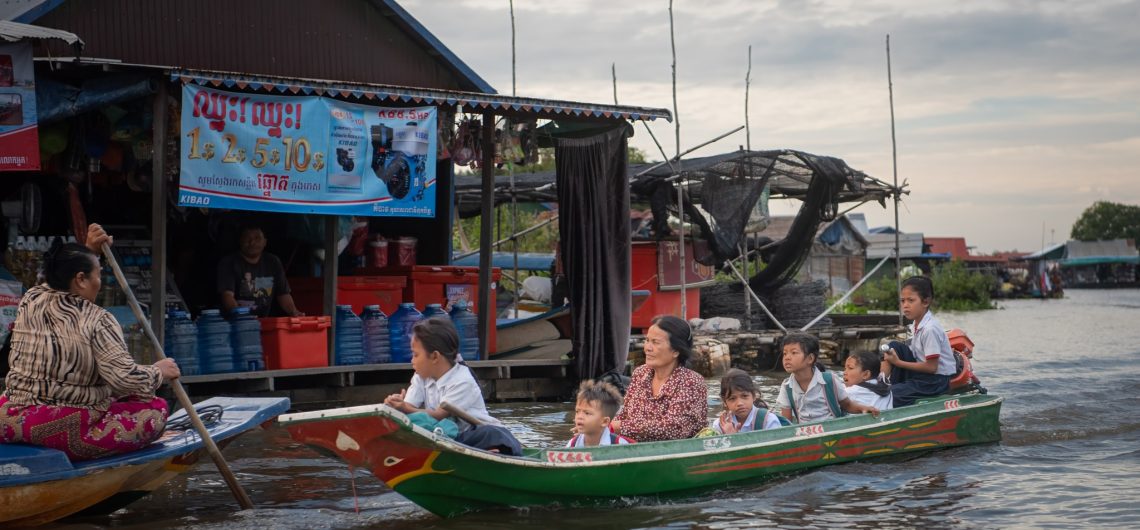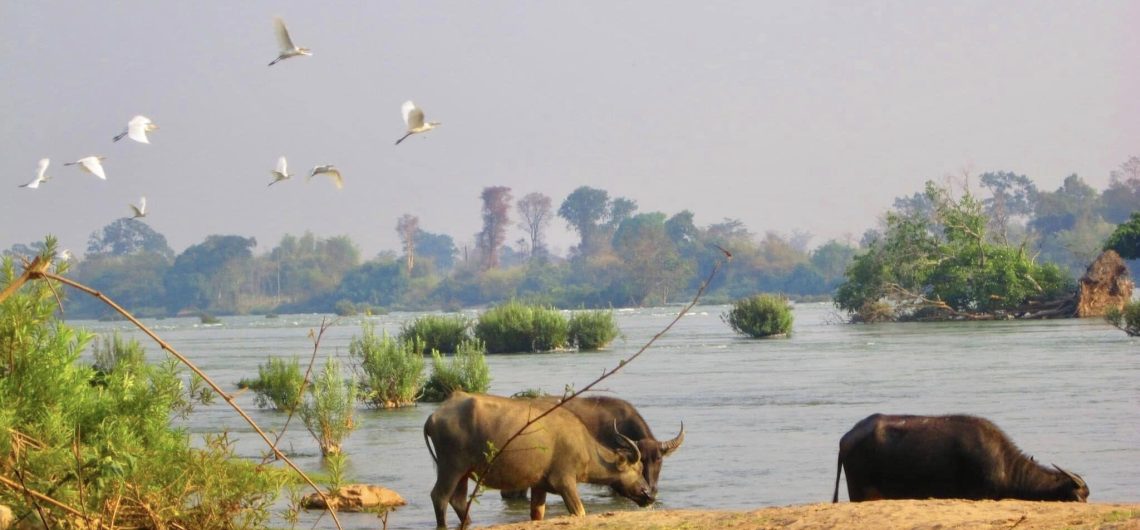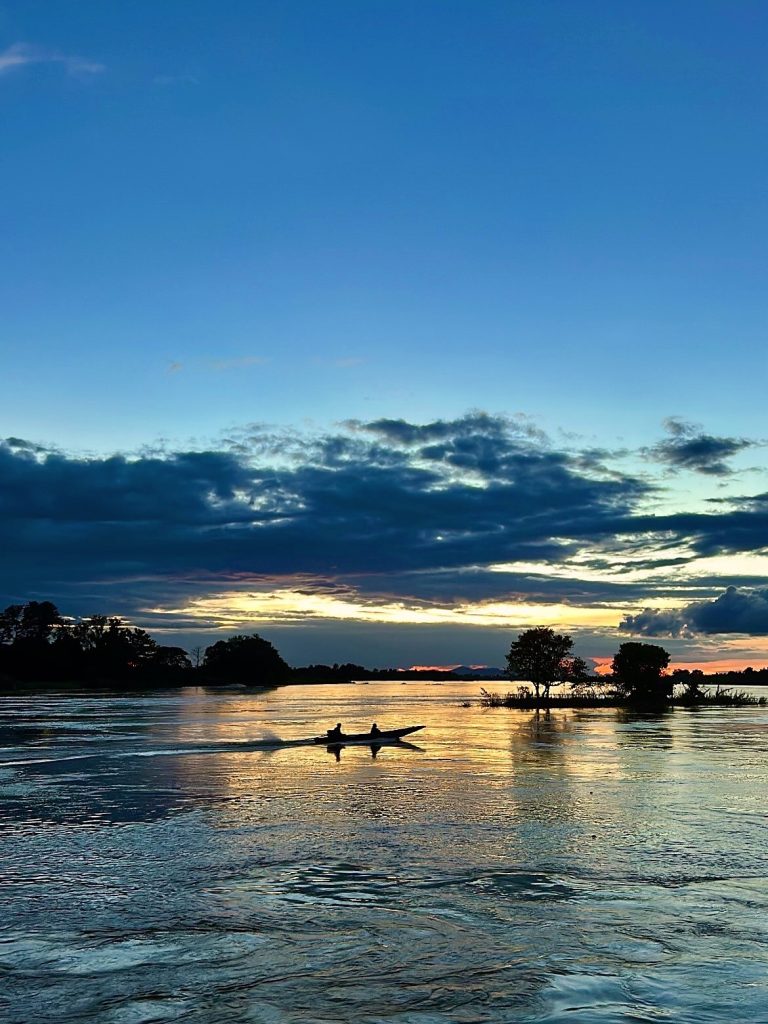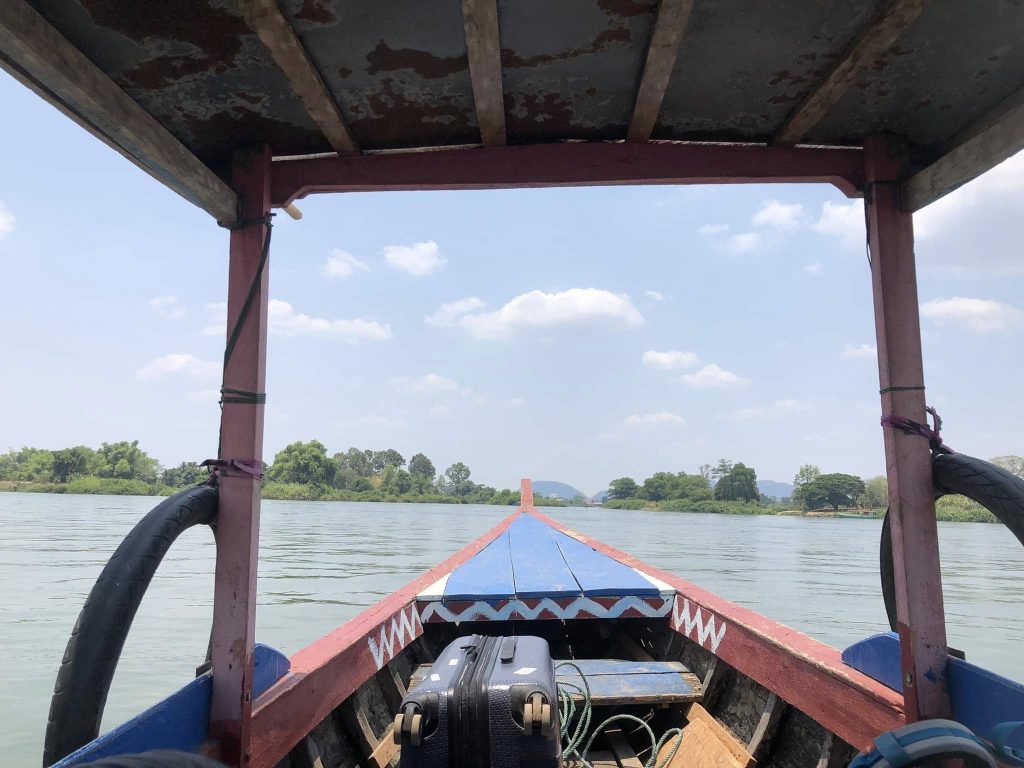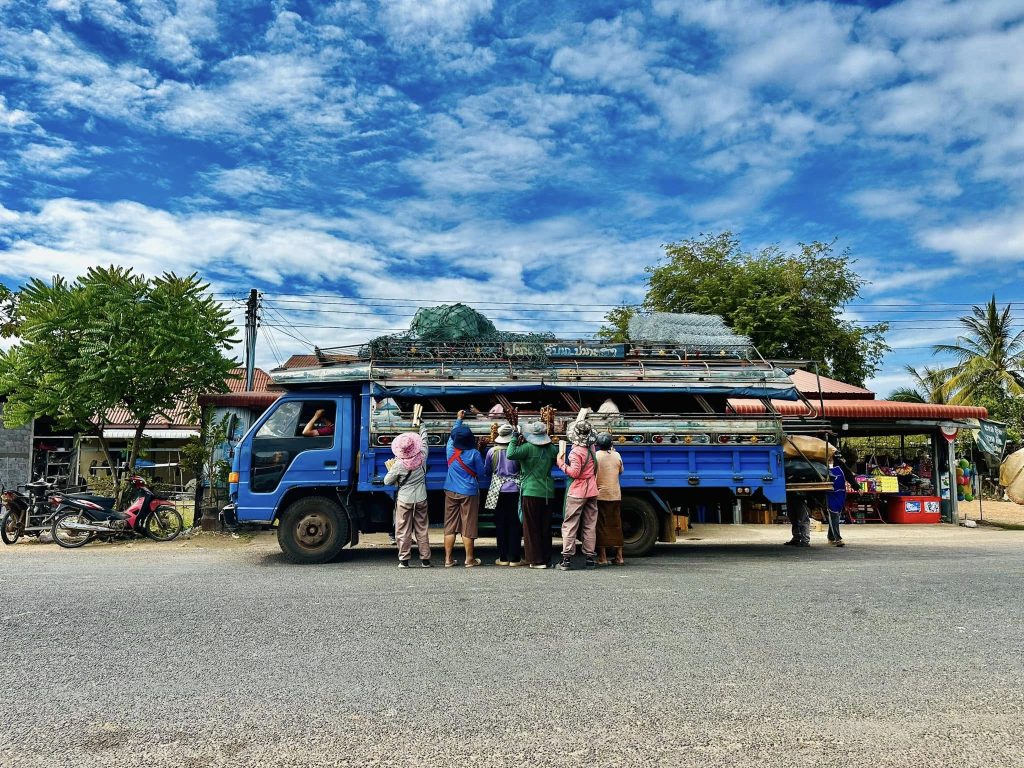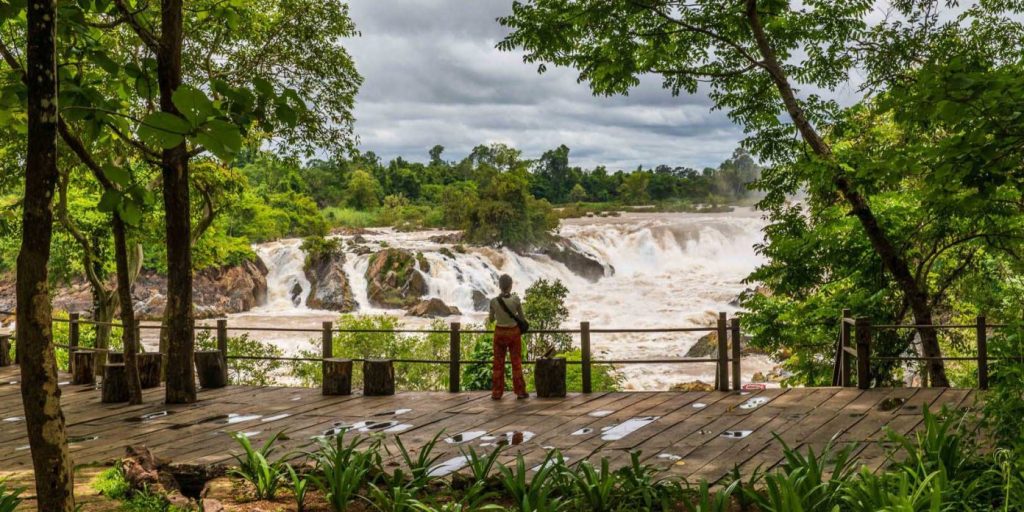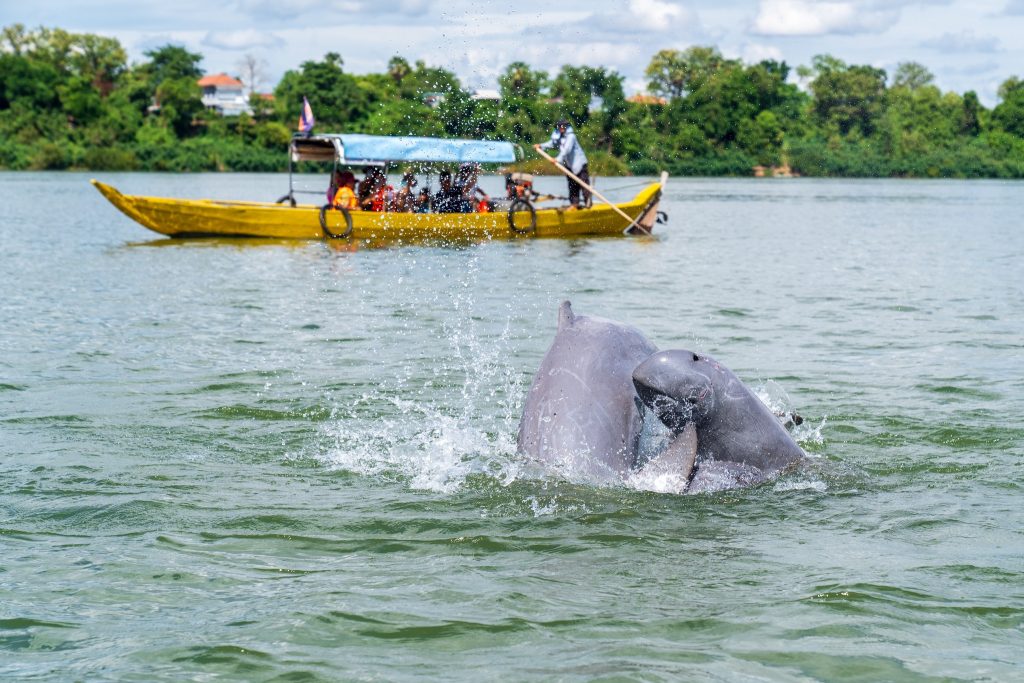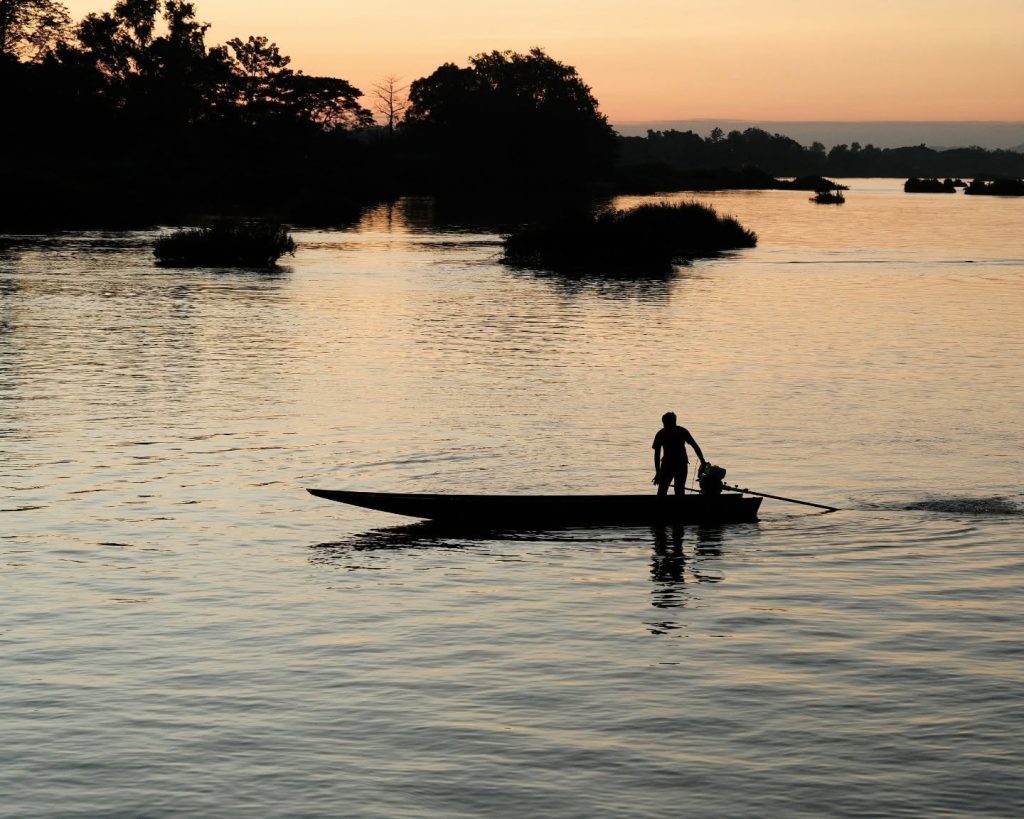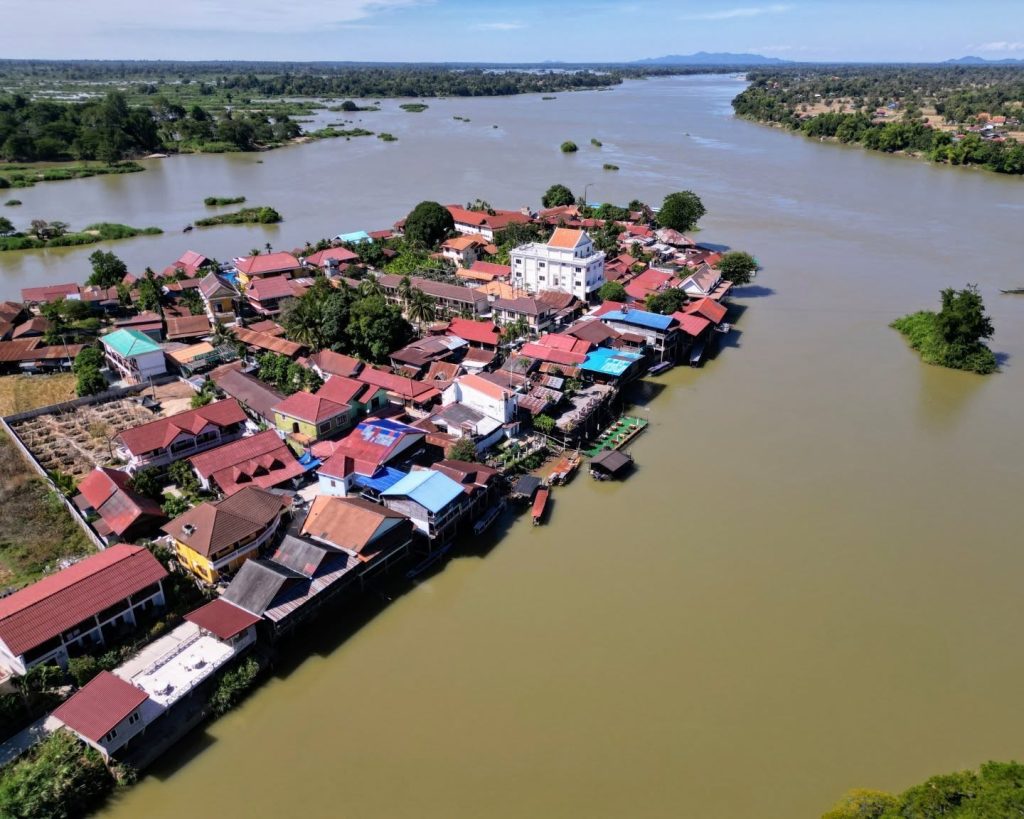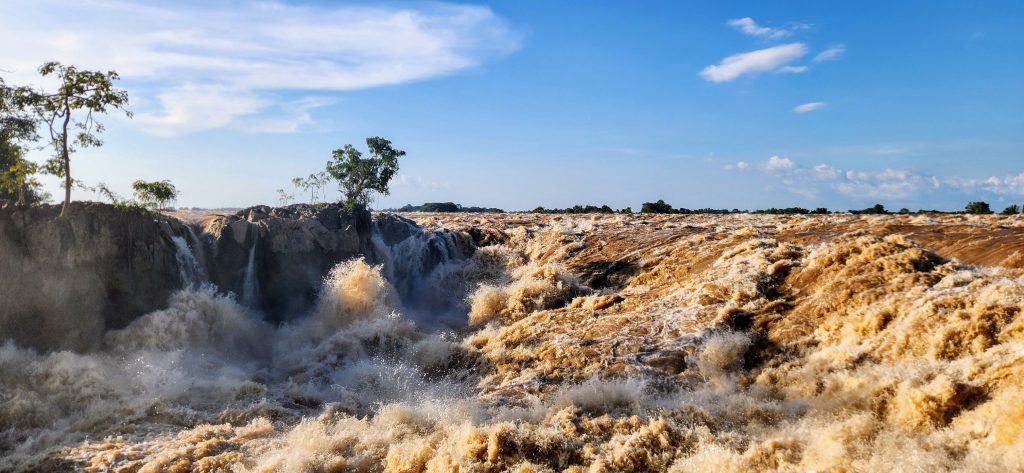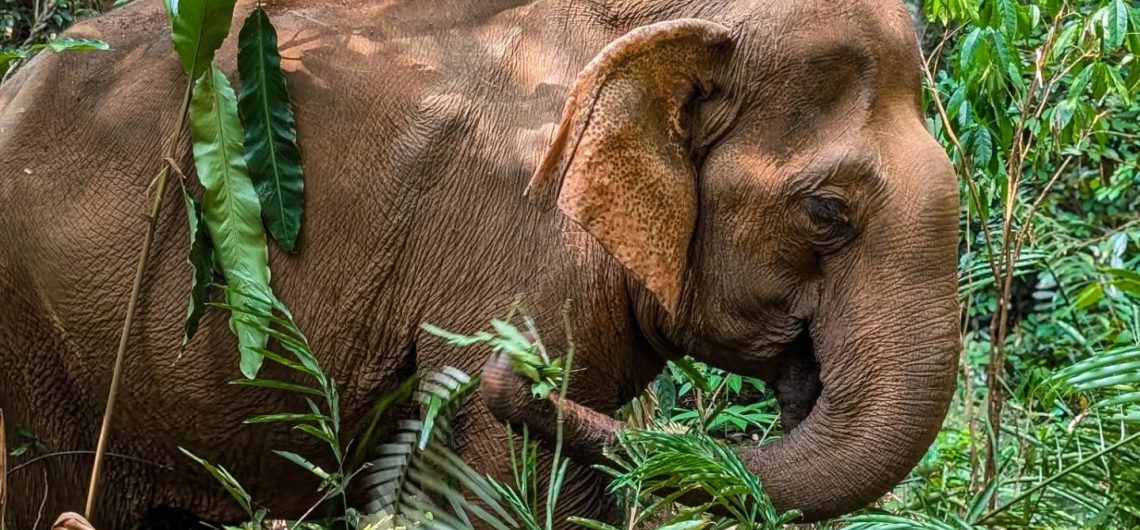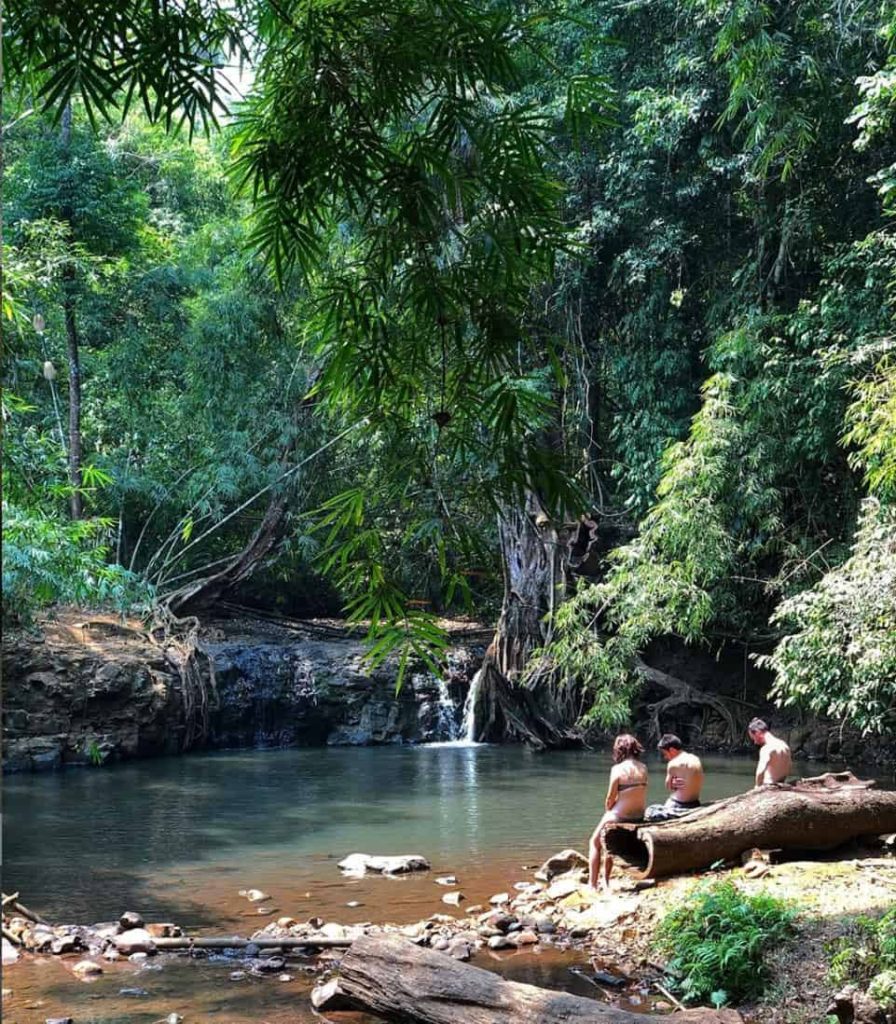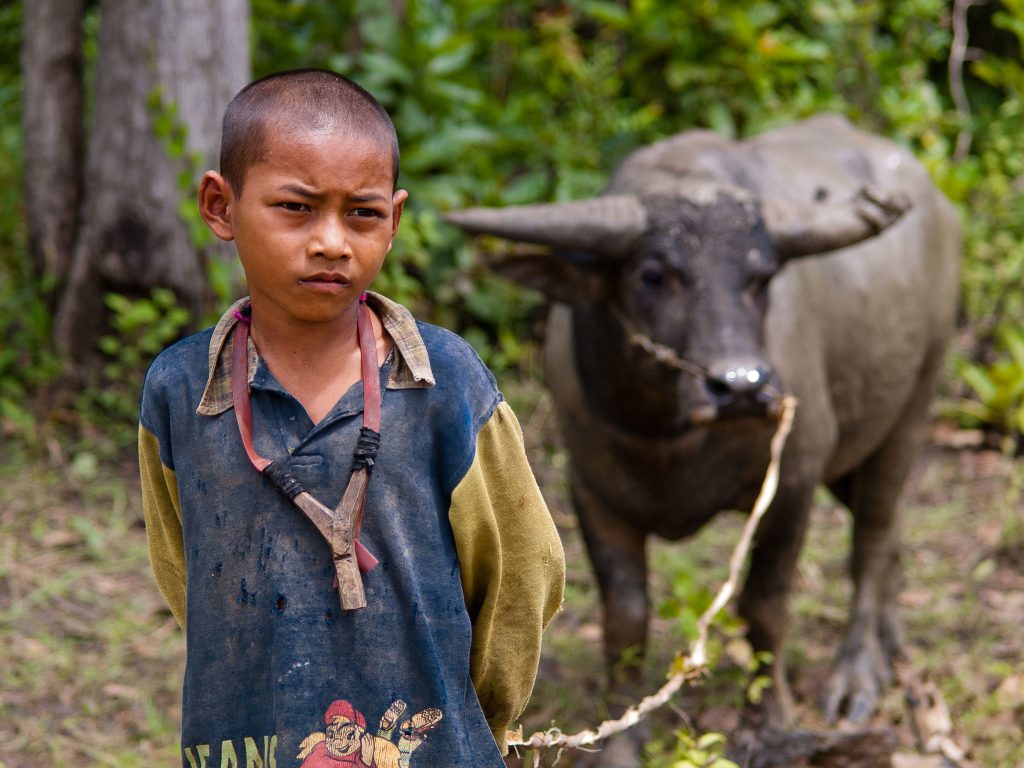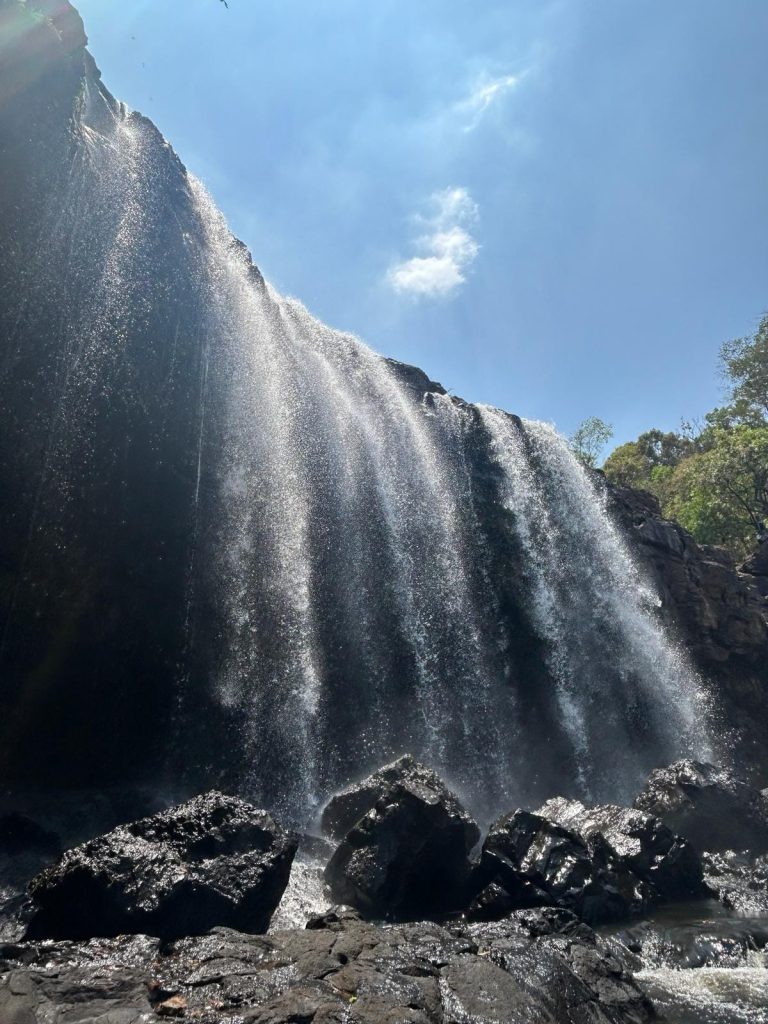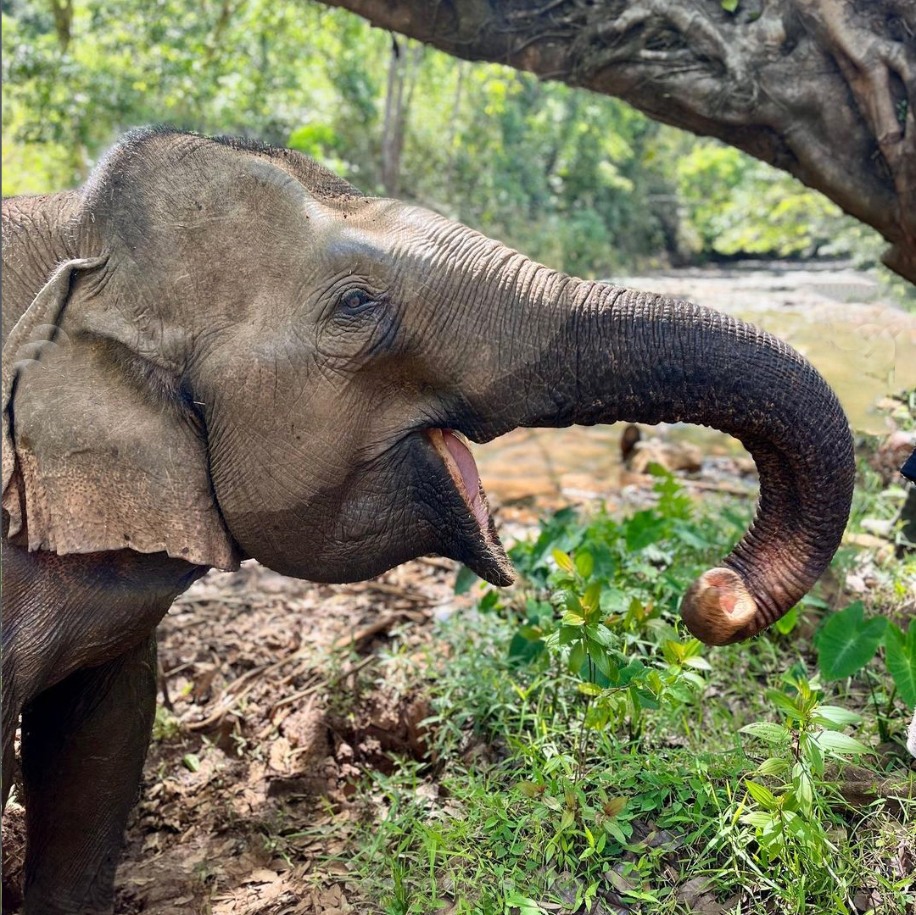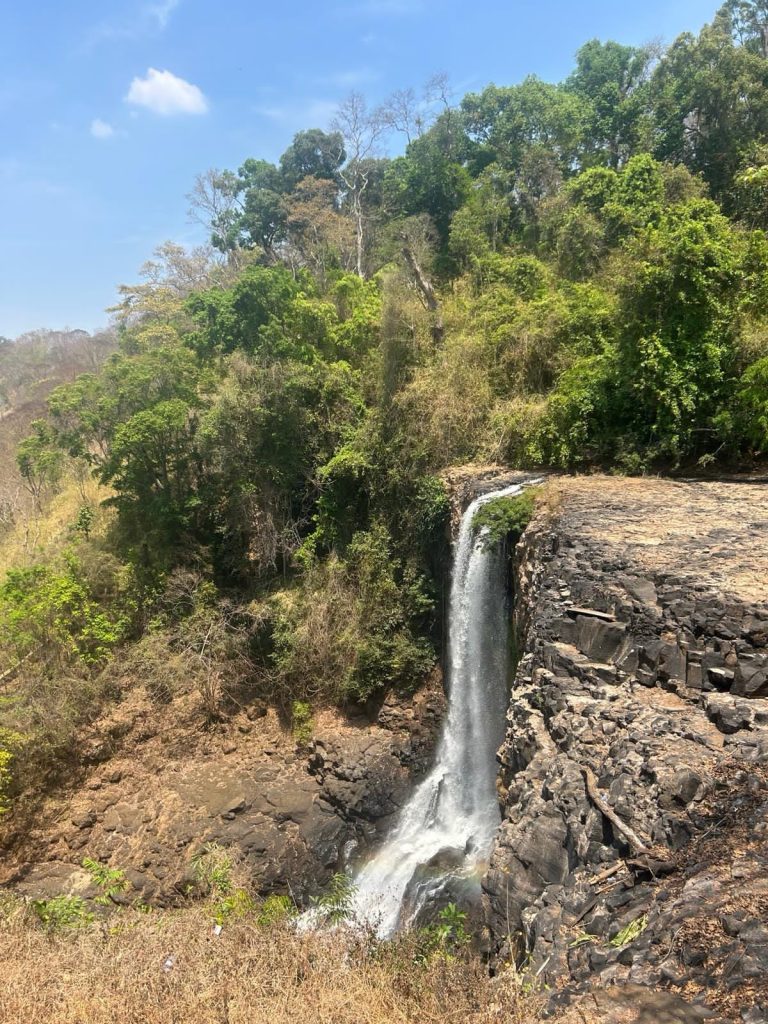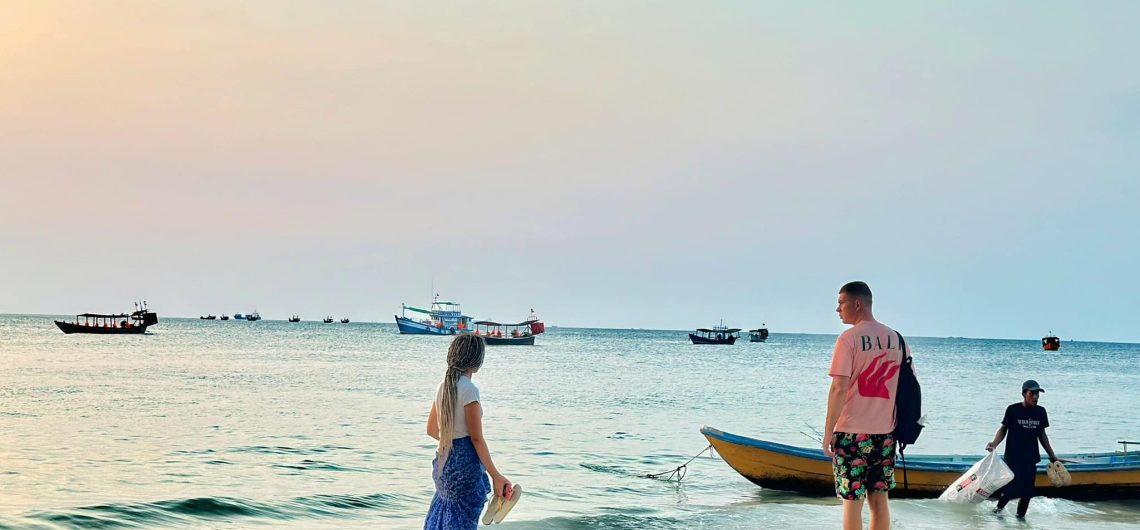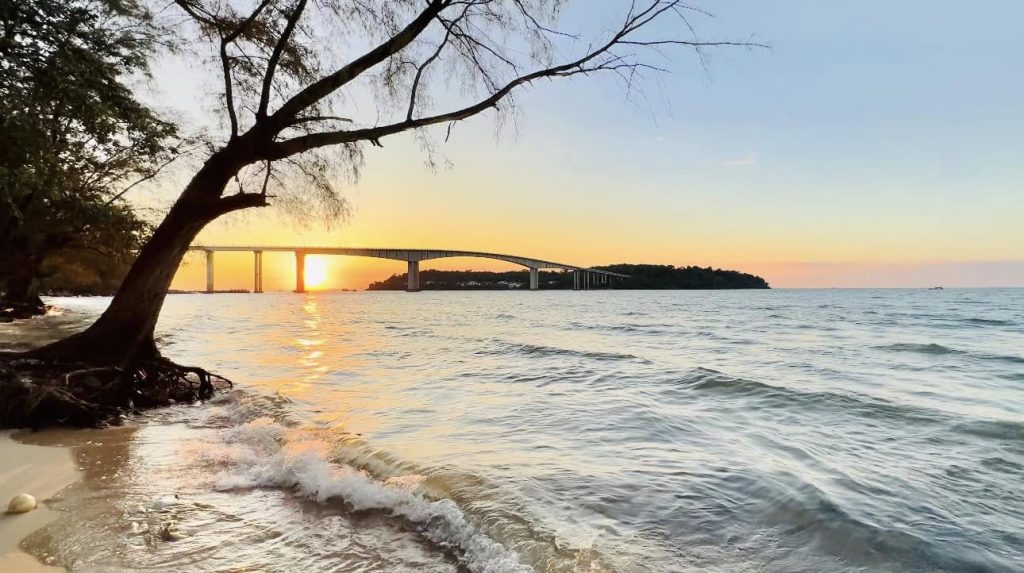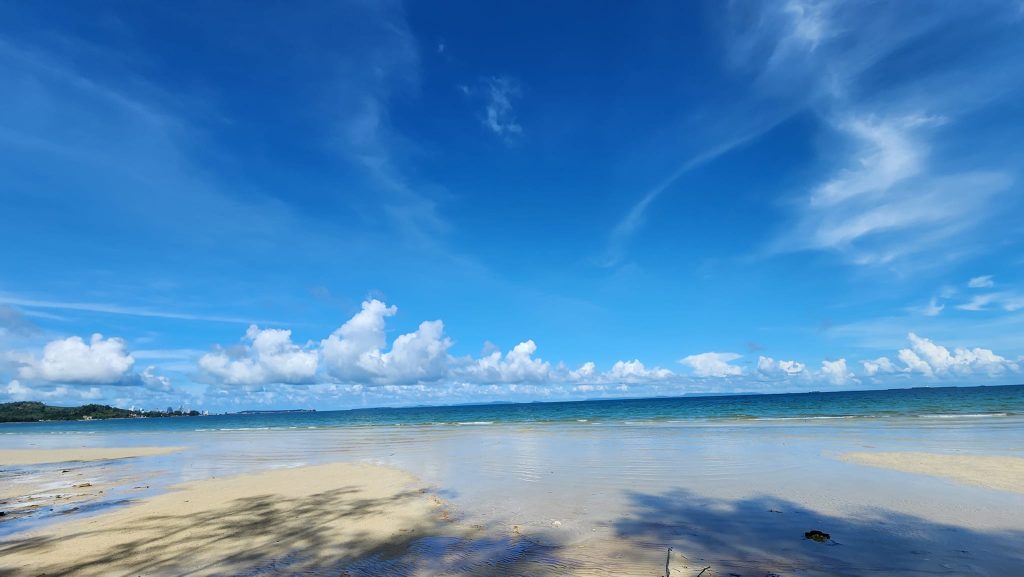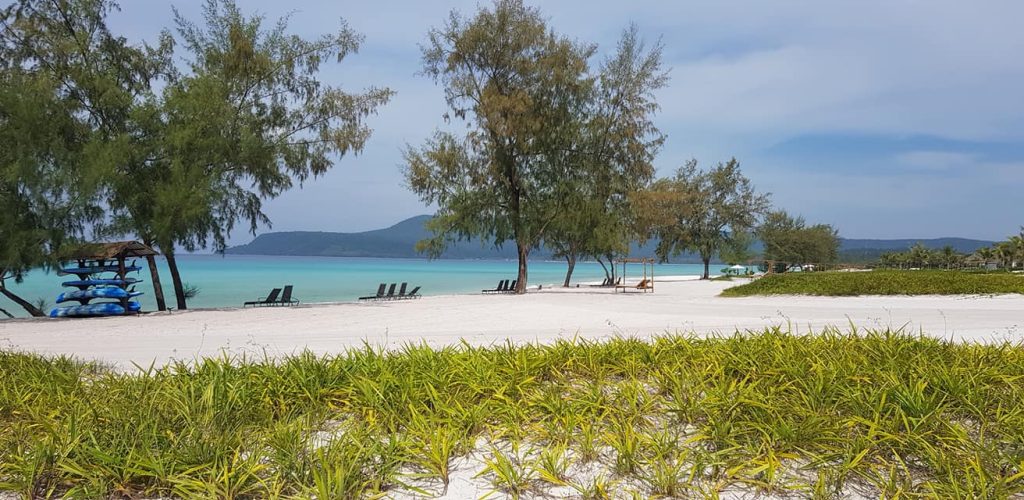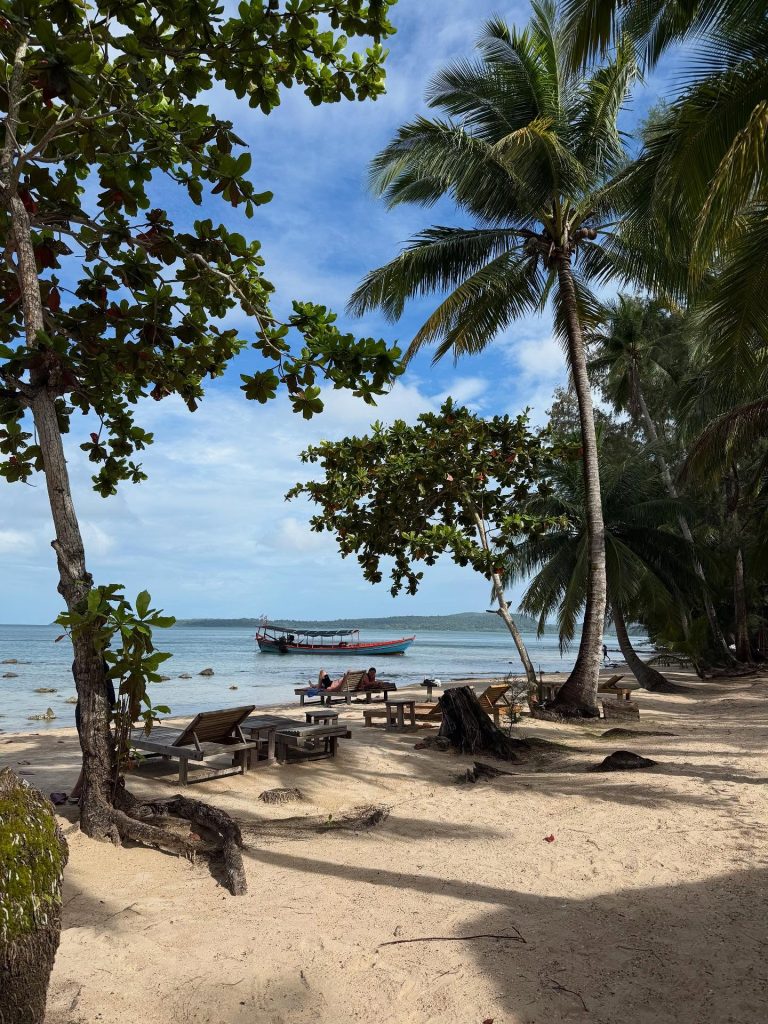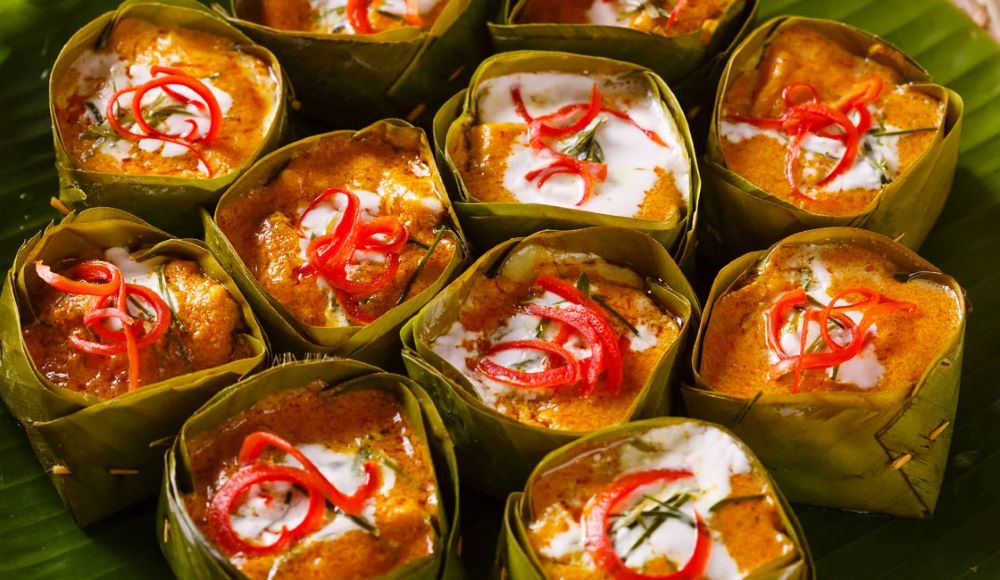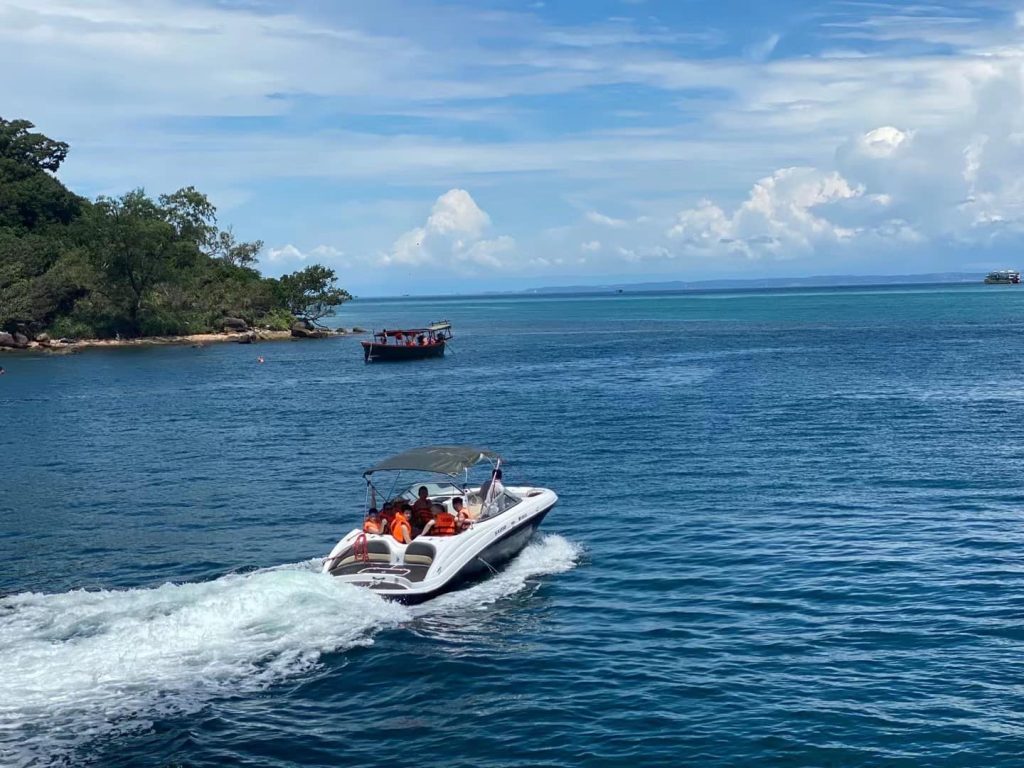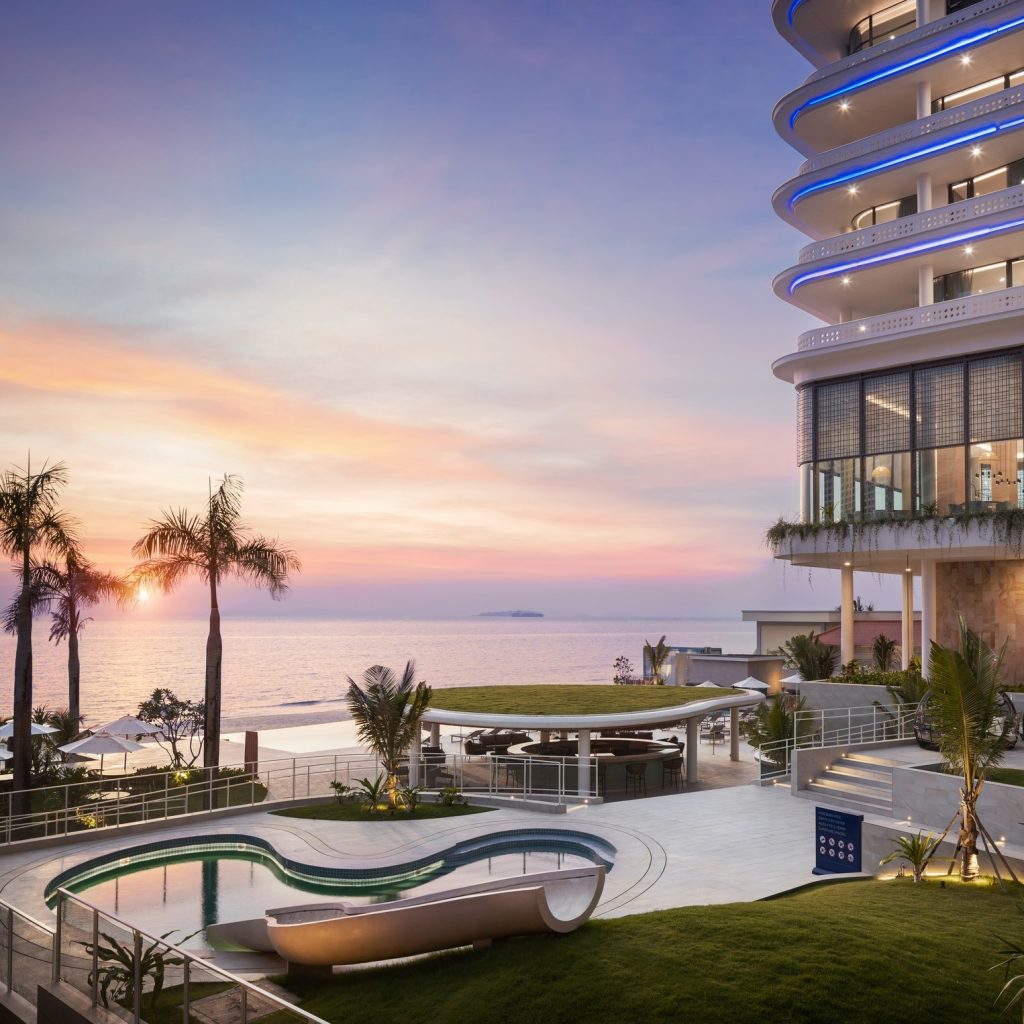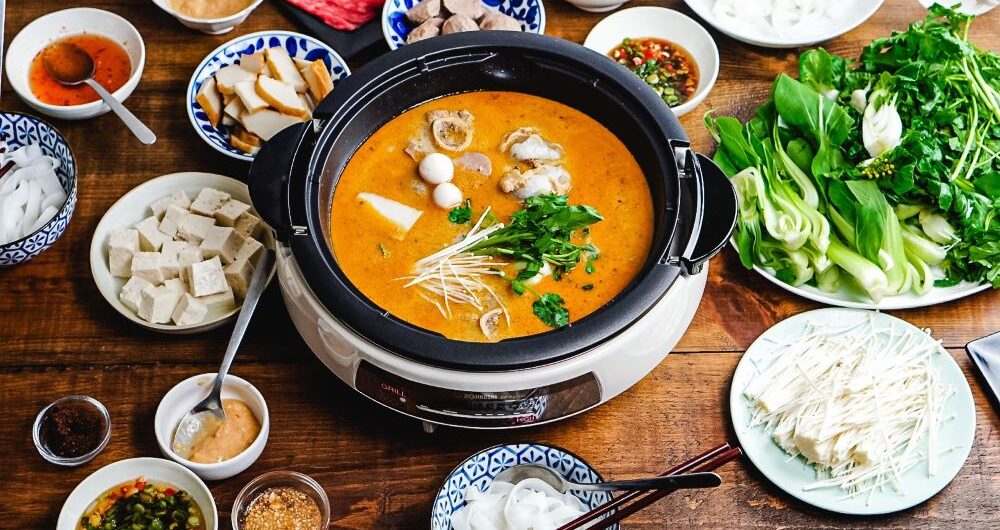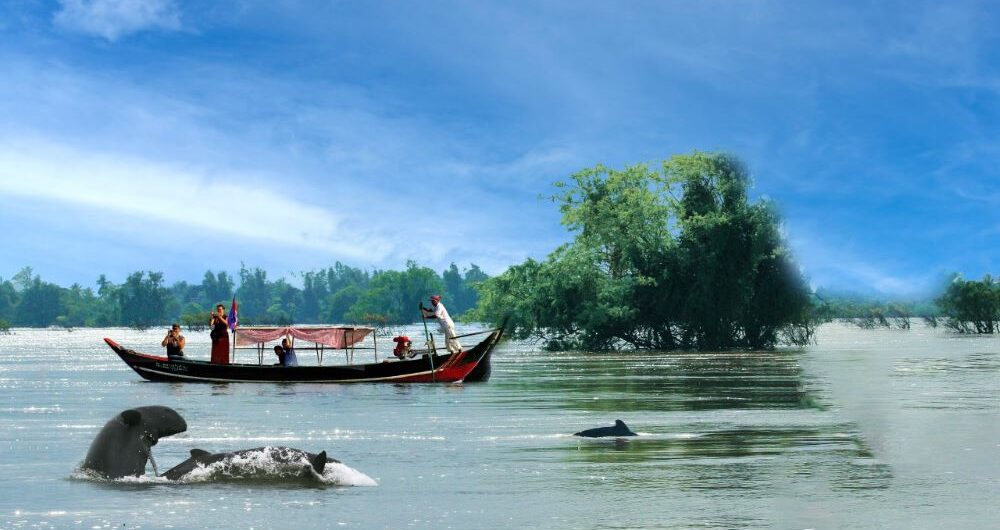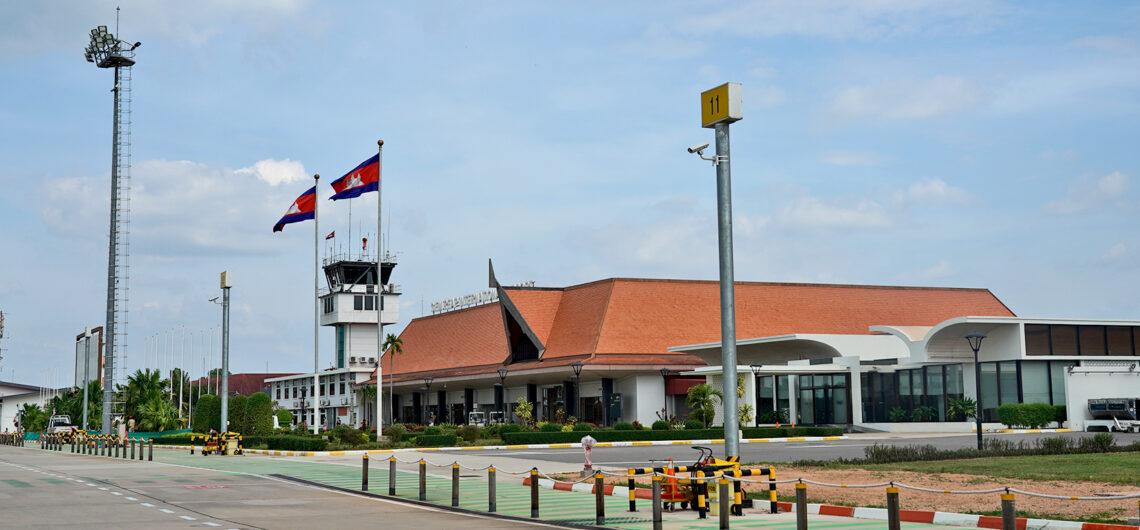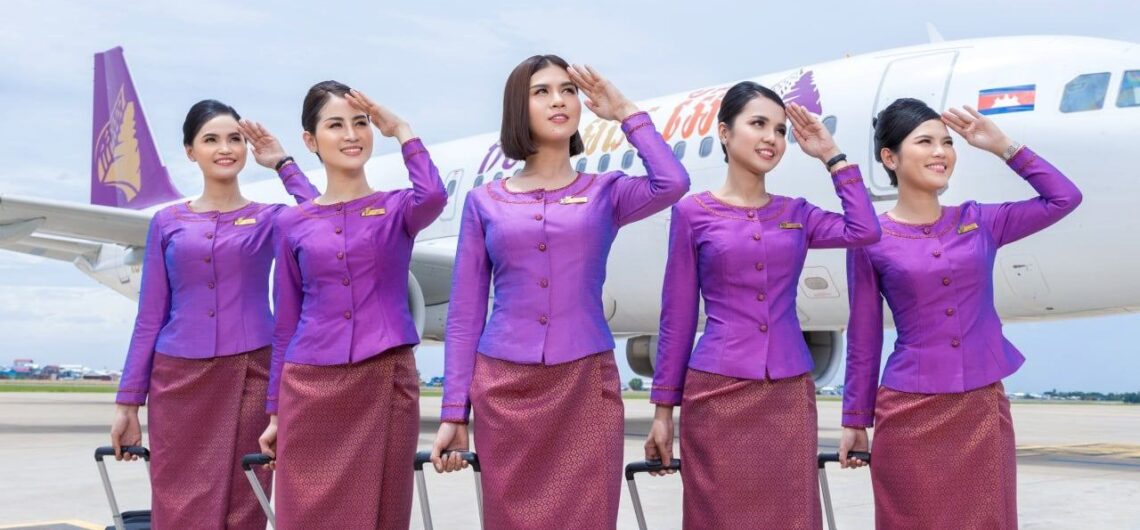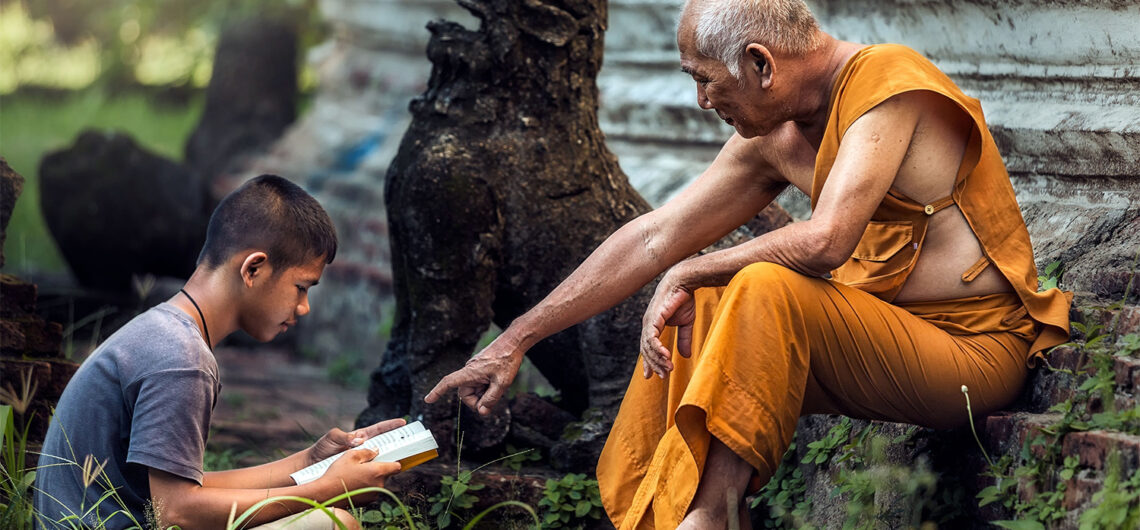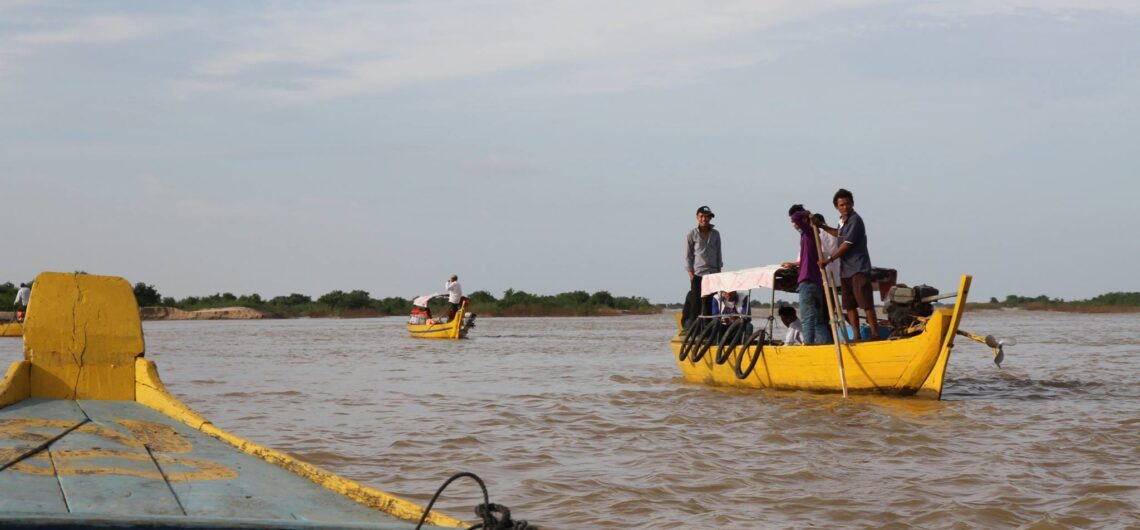Wondering how many days to spend in Cambodia in 2026? Discover the perfect itinerary whether you have 3–5 days, 7–14 days, or 3+ weeks.
Planning a journey through Cambodia in 2026 raises one common question for many travelers: how many days should I spend in Cambodia? With its breathtaking temples, vibrant cities, unspoiled countryside, and pristine islands, Cambodia is far more than just Angkor Wat. Yet the ideal length of stay depends on what kind of experience you’re seeking—whether it’s a short highlight trip, a balanced two-week discovery, or a slow immersion into the country’s cultural heart.
In this guide, we’ll explore how different durations—from 3–5 days, 7–14 days, and 3+ weeks—shape your Cambodia itinerary in 2026, and what each style of travel reveals about this captivating kingdom.
Why Cambodia in 2026?
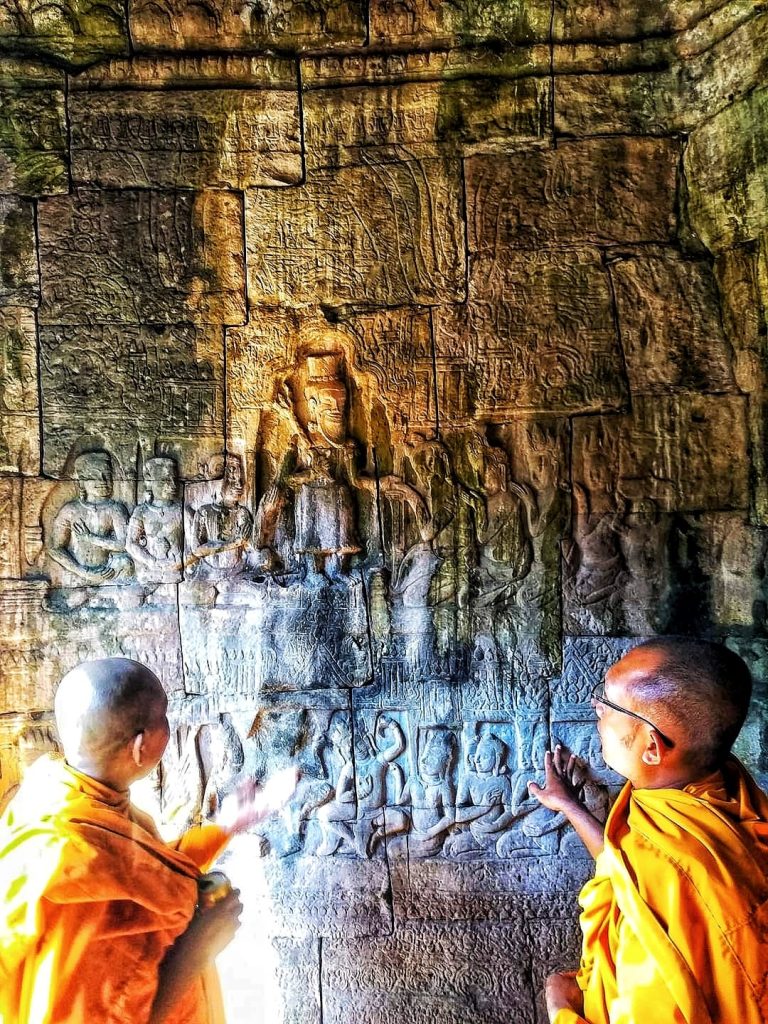
Cambodia continues to rise as a top destination in Southeast Asia. Following strong tourism recovery in recent years, 2026 promises even better infrastructure, eco-tourism initiatives, and more immersive travel experiences. With improved road networks, digital visa systems, and upgraded airports, exploring Cambodia is now more convenient than ever.
But with so much to see, from UNESCO-listed Angkor Archaeological Park to the quiet riverside towns of Kampot and Kep, and from Phnom Penh’s modern vibrancy to the remote jungles of Mondulkiri, the key lies in deciding how many days to allocate to your Cambodia itinerary.
A Quick Highlight Trip: 3–5 Days in Cambodia

If you’re short on time but still want a taste of Cambodia, a 3–5 day itinerary offers a concentrated look at the nation’s most iconic landmarks. This option works especially well for travelers on multi-country tours of Indochina, those visiting from Thailand or Vietnam, or business travelers with limited vacation days.
Focus on Siem Reap and Angkor Wat
For most short-stay visitors, Siem Reap is the natural starting point. Spending at least two full days exploring Angkor Wat and its surrounding temples—Bayon with its serene smiling faces, Ta Prohm wrapped in jungle roots, and lesser-known gems like Preah Khan—provides a glimpse of Cambodia’s grandeur. Sunrise at Angkor remains a bucket-list experience in 2026, though sustainable tourism measures now help manage crowds better than before.
Adding Phnom Penh or Tonlé Sap
If you have more than three days, consider adding:
- Phnom Penh (1–2 days): Visit the Royal Palace, National Museum, and Tuol Sleng Genocide Museum for a powerful understanding of Cambodia’s history.
- Tonlé Sap Lake (1 day): Explore floating villages and wetlands, where local life adapts to the rhythms of Southeast Asia’s largest freshwater lake.
Pros and Cons of a Short Itinerary
- Perfect for travelers with limited time.
- Covers Cambodia’s most iconic site, Angkor Wat.
- Leaves little time for countryside, beaches, or rural charm.
Best for: Travelers combining Cambodia with Vietnam or Thailand, cruise passengers, or those seeking a cultural highlight reel.
>> Among the favorite short journeys, the 5-day Cambodia itinerary offers visits to both Phnom Penh and Siem Reap.
A Balanced Discovery: 7–14 Days in Cambodia

For travelers with one to two weeks, a balanced Cambodia itinerary offers the chance to see beyond Angkor Wat while still keeping a comfortable pace. This is often considered the “sweet spot” for first-time visitors in 2026 who want to combine culture, history, and leisure.
A 7-Day Cambodia Itinerary Example
- Days 1–3: Siem Reap & Angkor – Explore the Angkor temple complex, cycle through rice fields, and enjoy Siem Reap’s vibrant markets and evening circus shows.
- Days 4–5: Phnom Penh – Balance solemn visits to genocide memorials with riverside dining, rooftop bars, and sunset cruises on the Mekong.
- Days 6–7: Kampot or Kep – Experience colonial-era architecture, Kampot pepper plantations, and fresh crab dishes in Kep by the sea.
A 10–14 Day Cambodia Itinerary Example
With two full weeks, you can extend into other fascinating regions:
- Battambang (2 days): Cambodia’s artsy town, known for its bamboo train ride, creative galleries, and rural cycling routes.
- Sihanoukville & Islands (3–4 days): Ferry to Koh Rong or Koh Rong Samloem for white-sand beaches, snorkeling, and a tropical escape.
- Kratie (1–2 days): Spot rare Irrawaddy dolphins along the Mekong.
Benefits of a Two-Week Trip
- Allows both city highlights and countryside immersion.
- Time for relaxation on the coast or islands.
- Balanced pace, less rushed than a short trip.
- Still limited for those wanting to see remote provinces.
Best for: Couples, families, or solo travelers wanting to blend heritage, local culture, and island downtime in a single trip.
>> A 10-day Cambodia itinerary remains a preferred choice for travelers exploring by land.
An In-Depth Cultural Immersion: 3+ Weeks in Cambodia
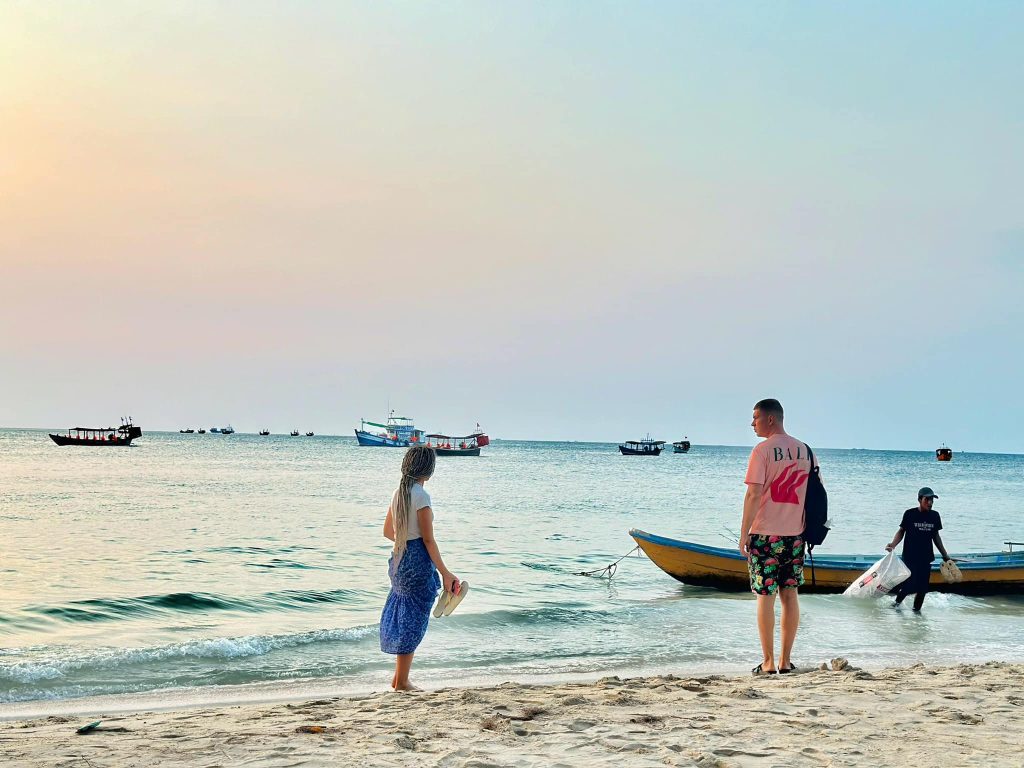
For travelers with time to spare, a 3-week or longer Cambodia itinerary provides the ultimate opportunity for slow travel and deep cultural connection. In 2026, long-stay visitors are increasingly drawn to eco-tourism projects, homestays, and volunteering opportunities—making Cambodia not just a destination, but a place of meaningful engagement.
A Sample 3-Week Cambodia Itinerary
- Week 1: Siem Reap & Surroundings
- Explore Angkor at a slower pace.
- Visit Beng Mealea and Koh Ker, lesser-known temple complexes with fewer crowds.
- Take cooking classes or join rural community tours.
- Week 2: Phnom Penh, Battambang & Central Cambodia
- Dive deeper into Phnom Penh’s café culture and nightlife.
- Spend time in Battambang exploring art collectives and rice paddies.
- Stop at Oudong, Cambodia’s former royal capital, for historical immersion.
- Week 3: Eastern Highlands & Coastal Escape
- Travel to Mondulkiri or Ratanakiri for elephant sanctuaries, waterfalls, and jungle trekking.
- Finish with a week in Kampot, Kep, or Koh Rong for seaside relaxation before departure.
Why Long Stays Are Rewarding
- Freedom to go off the beaten path into rural Cambodia.
- Time for local experiences like language lessons, meditation retreats, or eco-volunteering.
- More authentic cultural immersion and seasonal festival participation.
- Requires more planning, budgeting, and slower transportation across provinces.
Best for: Digital nomads, retirees, cultural explorers, or travelers combining Cambodia with extended journeys through Indochina.
Seasonal Considerations for Your Cambodia Itinerary 2026
When deciding how many days to spend in Cambodia, consider seasonal timing:
- Dry season (November–April): Best for temple visits, cycling, and beach stays. Longer itineraries work well as travel is easy.
- Green season (May–October): Lush landscapes and fewer tourists, though rains may shorten beach stays. Shorter or temple-focused itineraries are more practical.
Festivals like Khmer New Year (April) and the Water Festival (November) add cultural richness, so staying longer during these times is particularly rewarding.
Choosing the Right Duration: What Type of Traveler Are You?
- Short-Term Explorer (3–5 days): You want to see Angkor Wat and key highlights quickly, perhaps while combining Cambodia with another country.
- Balanced Discoverer (7–14 days): You want a complete overview of Cambodia with time for both temples and relaxation.
- Immersive Wanderer (3+ weeks): You want to dive deeper into Cambodia’s landscapes, traditions, and communities at a slower pace.
Final Thoughts: How Many Days Should You Spend in Cambodia in 2026?
There is no single “perfect” answer to how many days to spend in Cambodia. Instead, it depends on the kind of journey you envision.
- With 3–5 days, you’ll witness the majesty of Angkor and perhaps Phnom Penh’s history.
- With 7–14 days, you’ll balance temples, cities, and islands, gaining a fuller sense of Cambodian life.
- With 3+ weeks, you’ll uncover the deeper rhythms of the country, from highland jungles to fishing villages, forging connections that transform travel into personal discovery.
Whichever duration you choose, Cambodia in 2026 promises unforgettable experiences, ancient wonders, and a warm welcome from its people. By tailoring your itinerary to your available time, you’ll ensure every day counts—whether it’s a whirlwind highlight trip or a slow journey into the heart of the kingdom.
>> Build your own journey with a tailor-made Cambodia tour, crafted to match your preferences and schedule!

